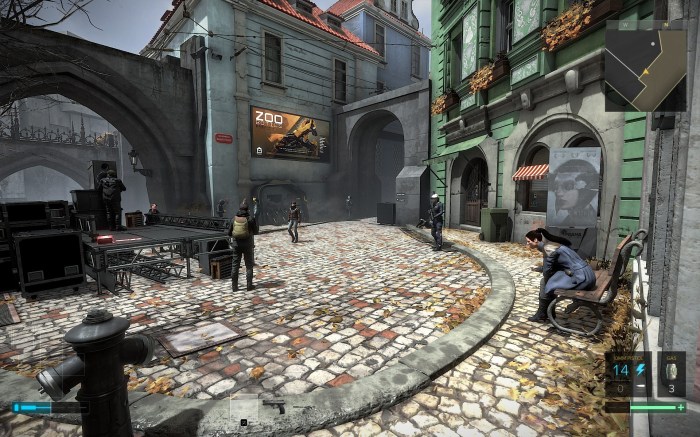What is texture filtering? It’s a crucial technique that elevates the visual fidelity of digital images, making them more realistic and immersive. Join us as we delve into the fascinating world of texture filtering, exploring its types, applications, and impact on performance.
Texture filtering plays a pivotal role in enhancing the quality of images, particularly in the realm of video games, movies, and other visually demanding applications. By smoothing out the transitions between pixels, it reduces jagged edges and creates a more natural and visually appealing experience.
Definition of Texture Filtering: What Is Texture Filtering

Texture filtering is a technique used in computer graphics to enhance the quality of images by reducing the appearance of jagged edges and artifacts. It works by interpolating the colors of adjacent pixels to create a smoother, more realistic image.
Types of Texture Filtering

- Nearest Neighbor Filtering:The simplest type of texture filtering, which assigns the color of the nearest pixel to the current pixel.
- Bilinear Filtering:Interpolates the colors of the four nearest pixels to create a smoother transition.
- Trilinear Filtering:Interpolates the colors of eight nearest pixels across multiple levels of detail, resulting in even smoother transitions.
- Anisotropic Filtering:Reduces texture blur when viewed from oblique angles by using a weighted average of pixels along a specified axis.
Applications of Texture Filtering, What is texture filtering
Texture filtering is widely used in various industries, including:
- Video Games:Improves the visual quality of textures in games, making them appear more realistic and immersive.
- Movies:Enhances the appearance of textures in animated films and visual effects, creating more lifelike characters and environments.
- Virtual Reality:Ensures smooth and realistic textures in virtual reality environments, enhancing the user experience.
Impact of Texture Filtering on Performance
Texture filtering can impact the performance of graphics systems by increasing the computational load. The more advanced the filtering algorithm, the higher the performance cost. However, optimizing texture filtering settings can balance visual quality and performance.
Future of Texture Filtering

Emerging trends in texture filtering include:
- Machine Learning:Using machine learning techniques to enhance texture filtering algorithms and improve image quality.
- Real-Time Ray Tracing:Integrating texture filtering with real-time ray tracing for more realistic and immersive graphics.
- Cloud-Based Rendering:Leveraging cloud computing to offload texture filtering and other graphics-intensive tasks, enabling higher-quality visuals on lower-powered devices.
Common Queries
What are the different types of texture filtering algorithms?
There are various texture filtering algorithms, including bilinear filtering, trilinear filtering, and anisotropic filtering. Each algorithm offers varying levels of image quality and performance.
How does texture filtering affect the performance of graphics systems?
Texture filtering can impact the performance of graphics systems, especially on lower-end hardware. However, optimizing texture filtering settings can help strike a balance between visual quality and performance.
